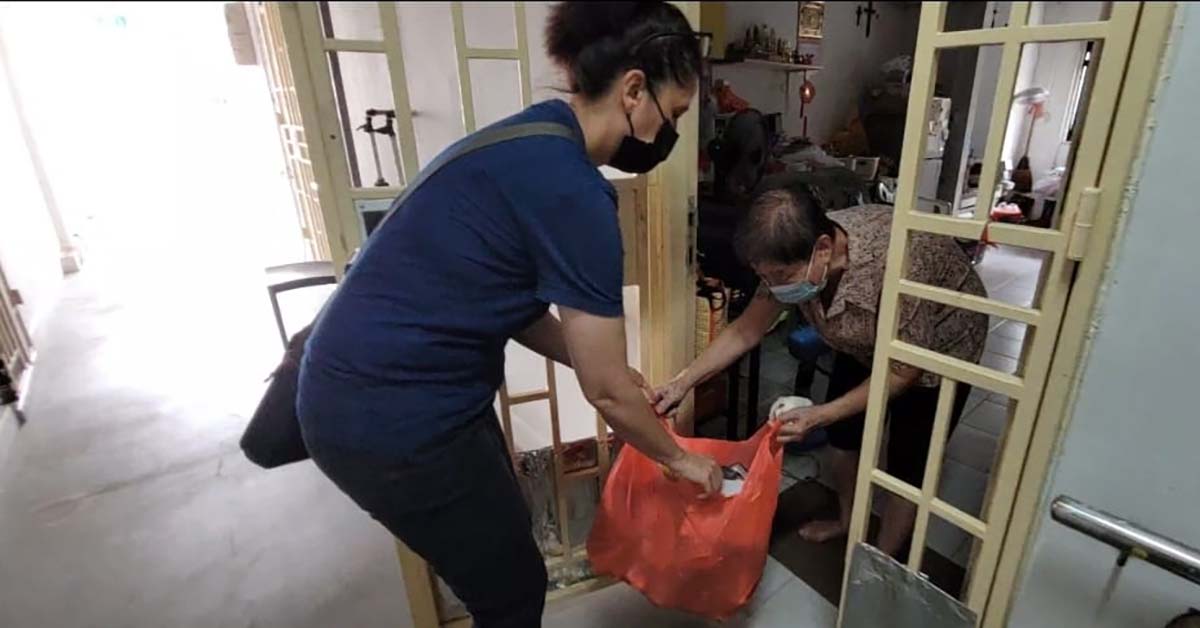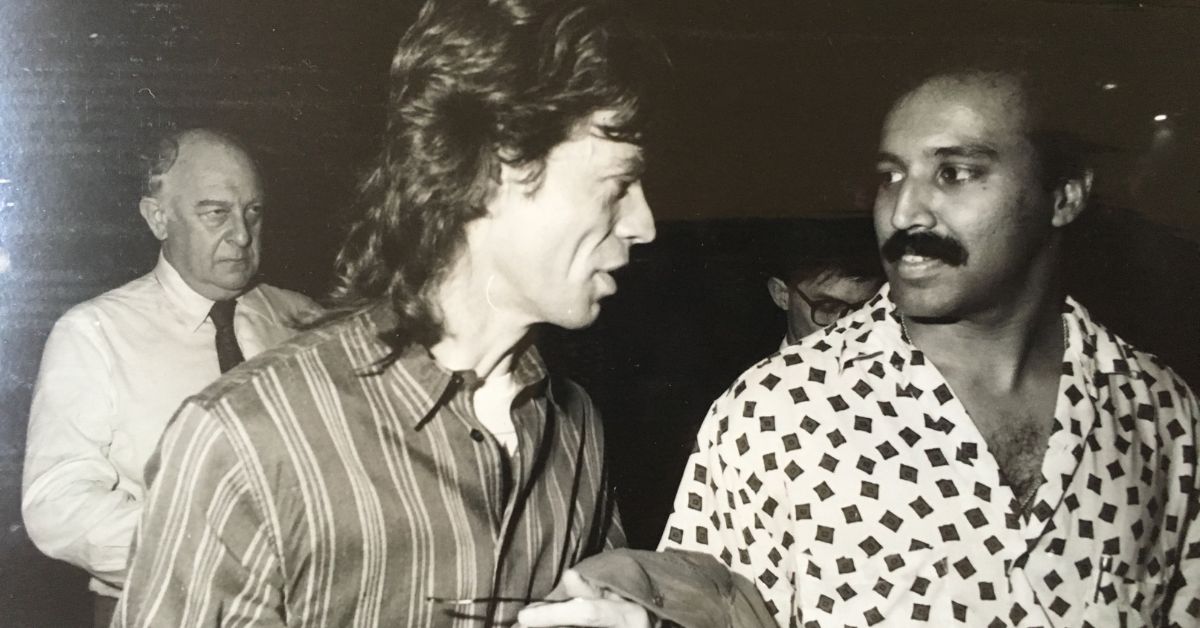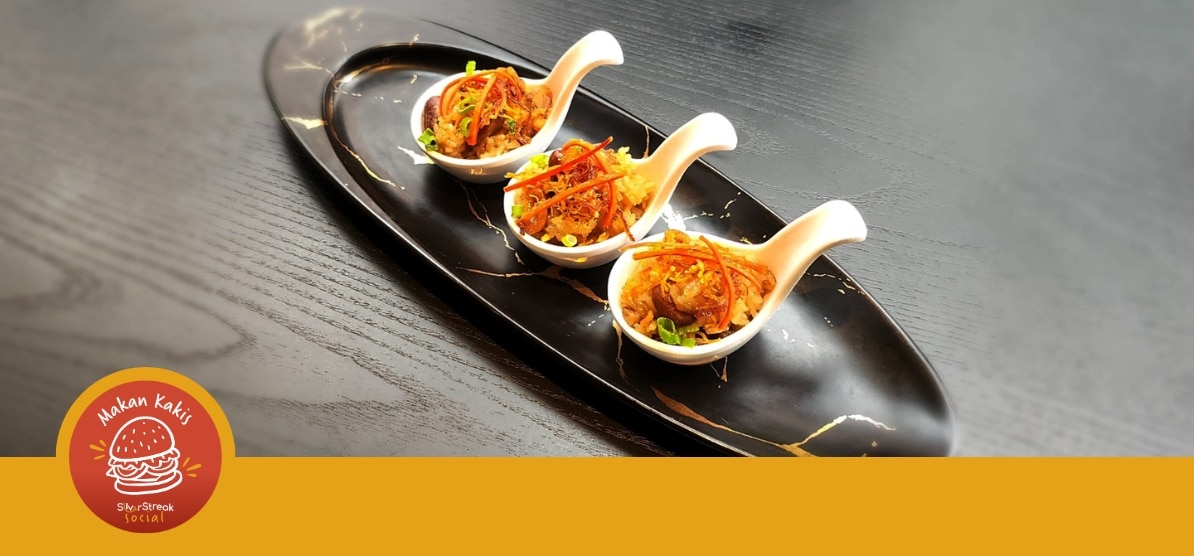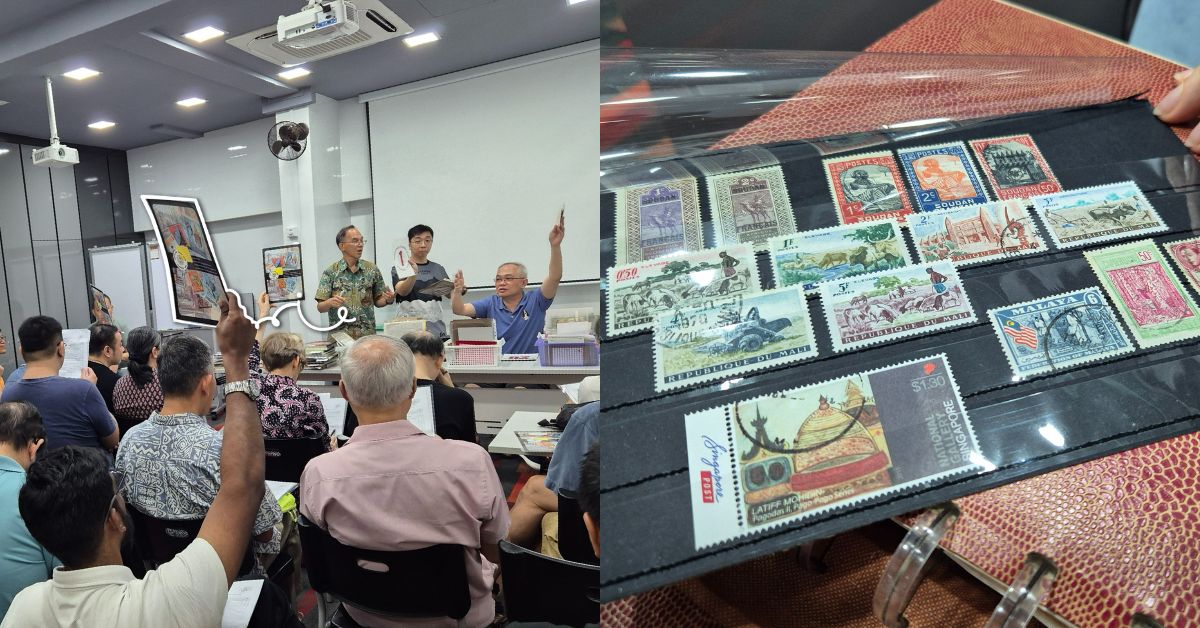
There is an unspoken tension in the air. Sure, the members of the Singapore Stamp Club seem genial enough – shaking hands as they shoot the breeze and flip through albums – but at today’s meeting on 9 March, they’re about to go to war.
The battleground is a training centre in the ageing Bras Basah Complex, now temporarily converted into an auction house for Singapore’s fast-disappearing breed of ardent stamp collectors.
At the turn of 3pm – zero hour — the thirty or so combatants stop what they’re doing, return to their foldable chairs and ready their weapons — a laminated sheet of paper bearing information about the Singapore Stamp Club on one side, and their buyer number on the other.
For now, the room is silent. To continue talking would be akin to fraternising with the enemy. There’s a short preamble about the rules of engagement, and then, the action begins.
Lot numbers are called, and a flurry of auction paddles are raised in response. The asking price ticks up precipitously, until all but one paddle remains.
Advertisement
Like in war, the victor has just spent a great deal of money and effort to gain a couple of inches – except in this case, we’re talking about stamps, not territory. What remains the same, however, is the commitment to fight for what they want, even if the cost is steep.
And steep it is. After the proceedings, we estimate that around a five-figure sum has changed hands in the room. The most expensive transaction? A postcard from 1897 bearing the scene of a new moon against a tropical seashore, bought in Singapore and sent from Penang to Germany.
It cost three cents at the time. On the day of the auction, it sold for $750.
The Singapore Stamp Club is older than Singapore (and our oldest stamp)
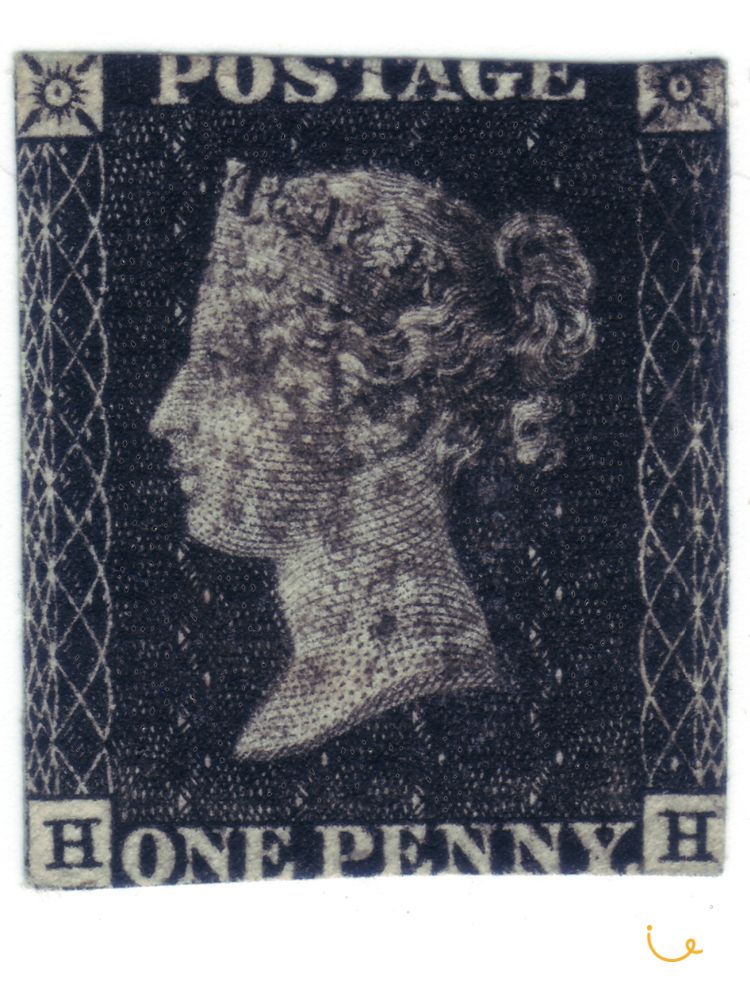
The world’s first pre-paid postage stamp — the legendary Penny Black — was introduced in the United Kingdom circa 1840, revolutionising the postage system of the day and unwittingly kickstarting what would soon become one of the world’s most prolific hobbies.
Like coins, every stamp bears an intricate design rife with detail specific to its provenance and era of production. More importantly, they were also a cheap necessity and diminutive in size, making them an accessible hobby for people with little room or money to spare.
Over time, philately expanded from its original meaning – the study of stamps – to refer to stamp collecting in general. Other philatelic items include postcards, documents, letters and books.
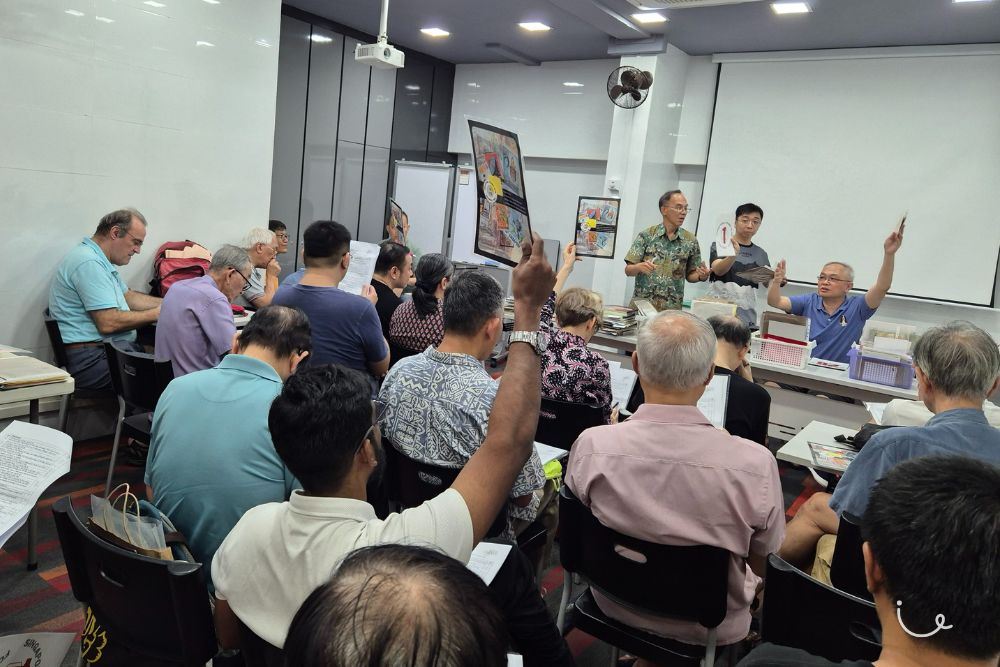
International auction house Sotheby’s estimates that at its peak in the mid-20th century, around one in seven families in the United States owned a stamp collection.
It was during this zenith that the Singapore Stamp Club came into being. The association was founded in 1940, a century after the invention of the stamp – and a full eight years before the Lion City would even release its first postage stamp, which bore the words Singapore and a lion statue.
The stamp club proved to be an influential force in driving Singapore’s stamp collecting scene. In 1967, it ran an exhibition at the National Library commemorating 100 years of postage stamps while simultaneously bemoaning the dearth of commemorative local stamps.
Against the increasing tendency of practically every other country in the world to issue more and more commemorative stamps each year, the conservative policy of Singapore must be almost without an equal.
A booklet for the exhibition read:
What other country can claim to have issued a total of only 21 commemorative stamps in the past eight years?
it continued.
The Singapore Stamp Club soon found a kindred spirit in then-Minister for Communications Yong Nyuk Lin, who stated local stamps were “dull” with “disappointingly low” sales. This led to the government’s creation of the Stamp Advisory Committee just a year after the exhibition.
The why and how of stamp collecting
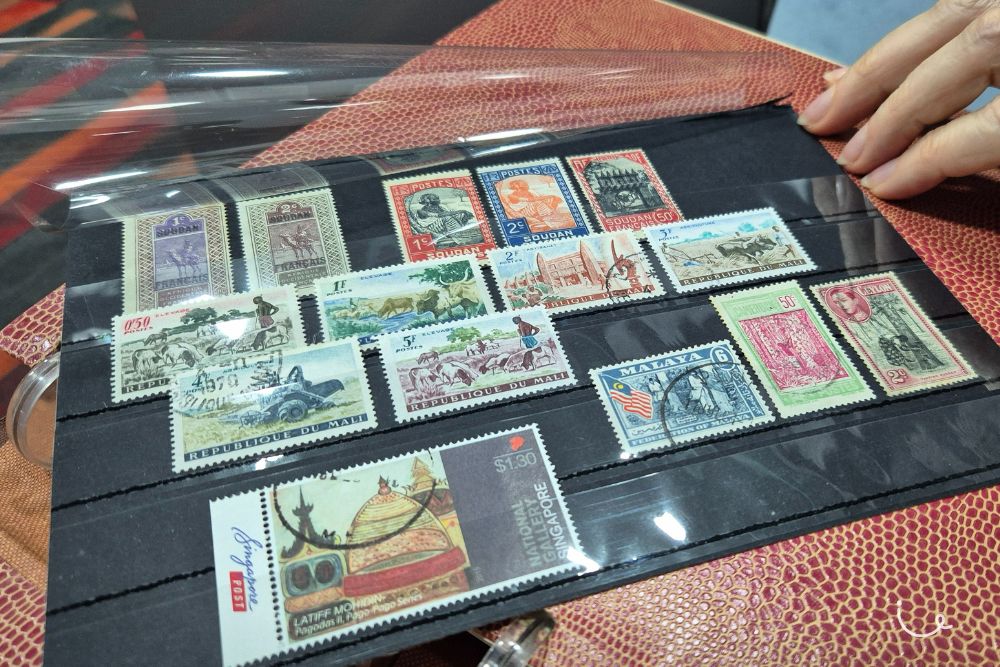
Though the Singapore Stamp Club once boasted thousands among its ranks, its membership today has shrunk to around 180 people – the vast majority of which are silvers.
However, the members who remain are among Singapore’s most dedicated philatelists. Some have contributed portions of their collections to the national archives, while others head overseas to represent the island in international philatelic exhibitions.
Almost all of them, we suspect, would be satisfied just adding to their massive stamp collections, year after year.
Stamp collecting is accessible to everyone. It is easy enough that a child could do it, but you could also be incredibly scholarly about it. There are people who collect and organise based on geography, based on history, based on the aesthetics of the stamp; they could collect stamps from a certain publisher, or stamps that tell a story about their country. There’s a million different ways to collect stamps.
Robert Casteels, a 67-year-old freelance conductor, says,
The Belgium-born musician’s collection is relatively varied, seeing as how he’s been collecting stamps since his childhood. Nowadays, he sets his eyes on commemorative joint issues, or stamps released in unison by two countries on a common event or anniversary.
It is a form of postal diplomacy. The unique style and design of the print offers a window into the shared perspective of two countries in their day. It's fascinating,
he says.
Masya Ong, meanwhile, organises her stamp collection of 20 years around countries “within what she can comprehend”. This includes her homeland of the Netherlands, Germany, France and Belgium, along with “other leading countries in the Commonwealth”.
The 60-year-old business owner laboriously traces these countries’ “postal histories” through her stamp collection, organising them into well-annotated leather albums. As an example, she takes us through the evolution of Anglo-Egyptian Sudan, tracing its evolution from harried vassal state under British rule to post-revolution independent nation. She owns over 30 of such albums.
Stamps let you examine a time and era socially, politically and culturally; what trades were important, how international relations were like. You can understand a civilisation of antiquity from all angles.
She says,
And then there’s Hsien Yoong How, who takes his philately and 35-year-long collection a step further with overseas exhibitions centred around “telling stories with stamps and other historical artefacts”. Since he started exhibiting in 2015, he’s participated in more than 10 competitive international meets, earning several prizes for his effort.
I've always had an interest in social history. Participating in philatelic exhibitions is a way of taking my interests further while expanding my collection,
he says.
"Each exhibition is a lot of work, but when the story all comes together, it feels like my hard work has paid off."
A disappearing hobby
It can be a touchy topic – especially if their spouses are around (laughs). I had a friend who said if he had spent the money on investing instead, he would be living in a bungalow.
On the topic of exactly how much stamp collectors have spent on their hobbies, hobbyist photographer and author Koh Kim Chay says,
In any case, finding a profit is no longer a chief concern of many stamp collectors, especially with the hobby’s dwindling popularity. The most valuable stamps are rare, with just a few or no duplicates in circulation, occupy a prominent spot in postal history, and in good condition.
Notable examples could include anything from printing errors to stamps from countries that no longer exist like Czechoslovakia, the Confederate States of America and Malaya.
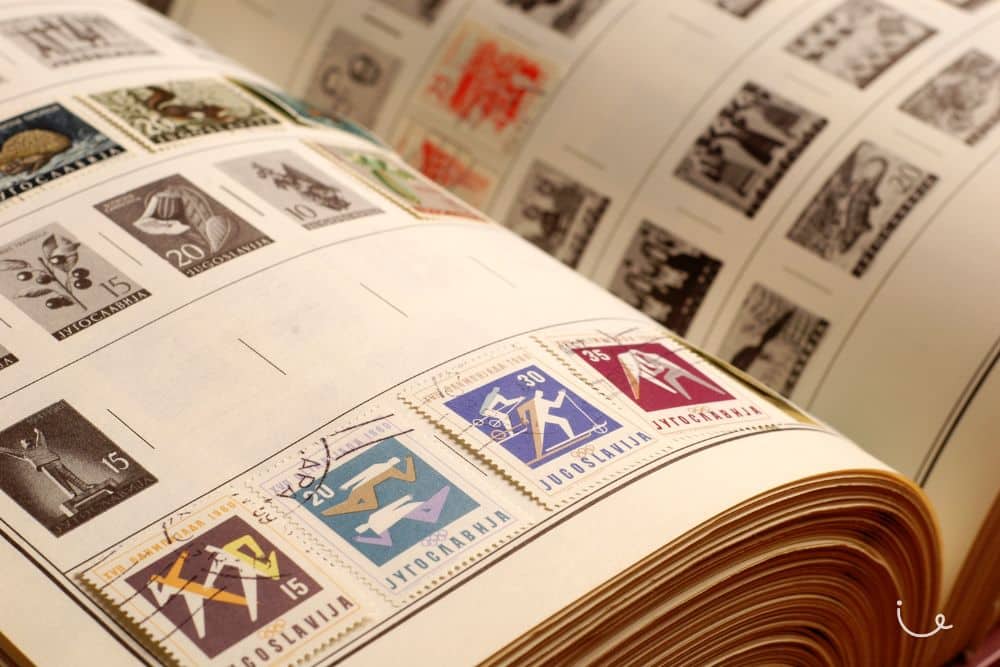
In 2020, Iceland became a dead country – at least philatelically – when it decided to do away with postage stamps and switch to barcodes.
I think many of us can't explain why we do this. It's something that’s born in you,
says Kim Chay of his hobby.
"When I was growing up, my parents had a hawker stall at Market Street and would park us there. I’d follow my brother and pick up discarded letters from rubbish bins, and it grew from there."
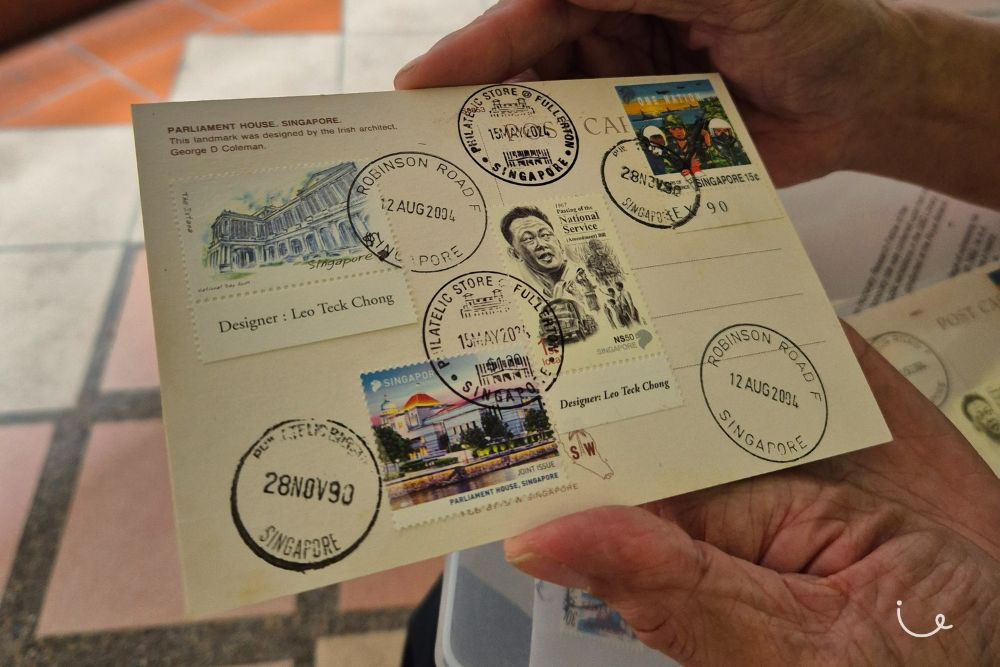
The 69-year-old now specialises in postcards and photographs of bygone Singapore – in particular, HDB flats and its predecessor, the Singapore Improvement Trust. He donated around 7,000 of them to the National Library Board for archival in 2017, though he says there are plenty more still in storage awaiting proper organisation.
A member of the Singapore Stamp Club since 1988, Kim Chay isn’t too perturbed about the precipitous drop in stamp collecting.
"We had our hobbies, and younger people will have my hobbies. I'll leave what's left to my son, but I'm not sure what he'll do with it – anyway, I won't be able to do anything (laughs)."
I get it – the idea of collecting stamps doesn't seem sexy for teenagers. But that could just be because they haven’t met someone who’s brought them into the hobby.
Robert, the conductor, says,
Although people say the world is digital, these new technologies can be applied to stamps. Belgium released a set of stamps that smell and taste like chocolate, and that was over 10 years ago. Who knows what's next?
he says.

